Aquatic Therapy
Water based therapy servicing the Sunshine Coast & North Brisbane
Harnessing the power of water to support regulation, movement, connection and confidence. All through fun, purposeful, evidence-based, child-led therapy.
What is Aquatic Therapy?
For children living with developmental delays or a disability – Aquatic Therapy can be a great addition to your child’s therapy schedule.
At H2OT, we offer Aquatic Therapy, a unique form of Occupational Therapy delivered in an aquatic environment,
The water offers a playful, dynamic environment where kids can connect, explore, move, and thrive.
So why water?
Water reduces the effects of gravity, making movement easier and more comfortable, especially for children with physical disabilities or high sensory needs. It supports the body, encourages three-dimensional movement, and provides natural resistance to help build strength, coordination, and confidence.
What are the benefits?
Easier movement & reduced joint stress
Ideal for children with physical conditions like cerebral palsy, Ehlers-Danlos Syndrome, or muscular dystrophy.
Improved motor planning & body awareness The water slows things down, giving kids time to think, plan, and build core strength in a fun, low-pressure way.
Play-based, child-led therapy The water becomes a sensory playground. We follow the child’s lead and turn play into a powerful therapeutic tool.
Sensory regulation The water provides regulating, full-body input, like a giant weighted blanket. This helps many kids feel safe and regulated.
Supports communication & social interaction The water creates natural reasons to ask, tell, request, and interact—whether with words, signs, or AAC.
Benefits for Families
Aquatic therapy isn’t just for children, it supports families too. When parents join sessions, it builds connection, joy, and shared success in a low-stress, engaging space. For families whose children don’t cope well in clinical settings, aquatic therapy offers a more flexible, supportive environment.
A Focus on Water Safety
A significant benefit of aquatic therapy, beyond therapeutic goals, is the opportunity for families to learn vital water safety skills and how to confidently support their child in a variety of aquatic environments.
In Australia, children are often exposed to many types of water. For families of neurodivergent children, these environments can be both appealing and high-risk. Autism Swim reports that neurodivergent children are 160 times more likely to drown than their neurotypical peers. It’s a confronting statistic, with drowning being the leading cause of death for children with autism.
By involving families in aquatic sessions, we can not only support therapeutic outcomes, but also help build their skills, awareness, and confidence to keep their children safer around water.
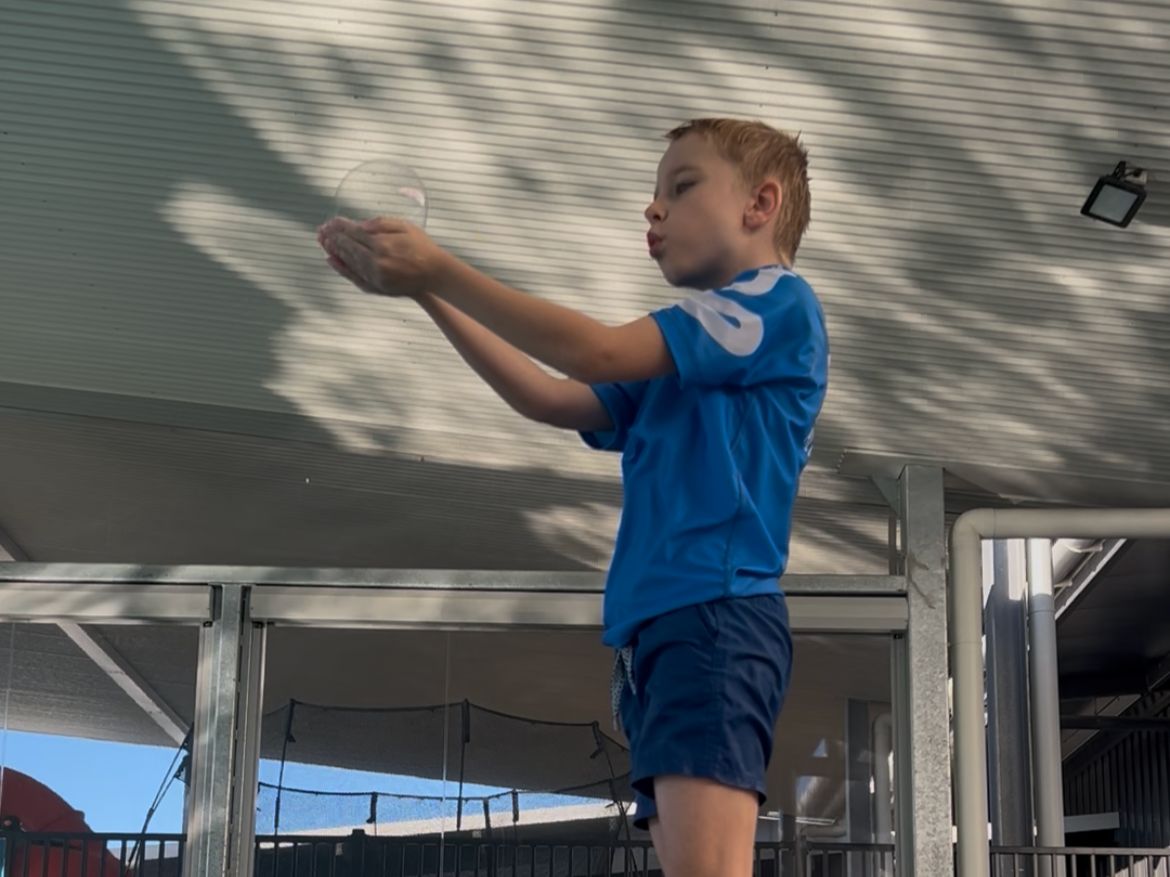
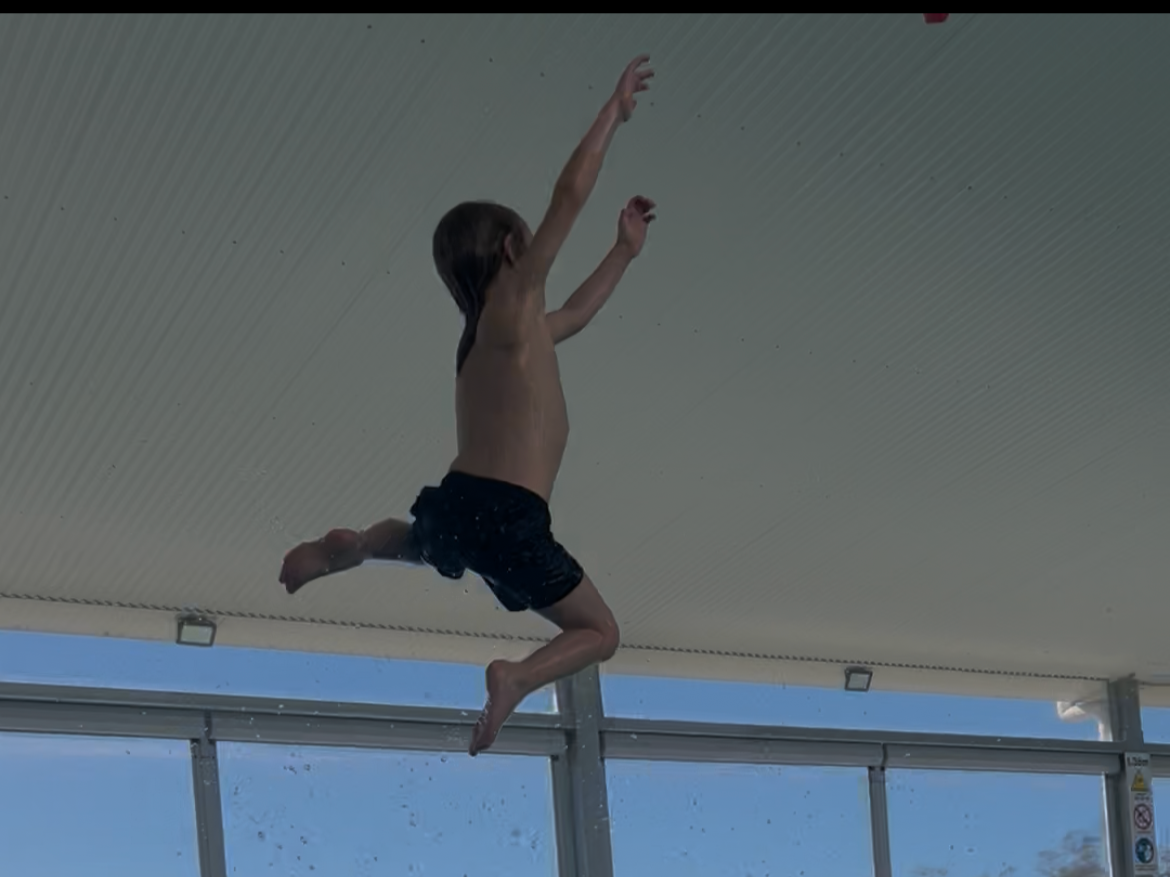

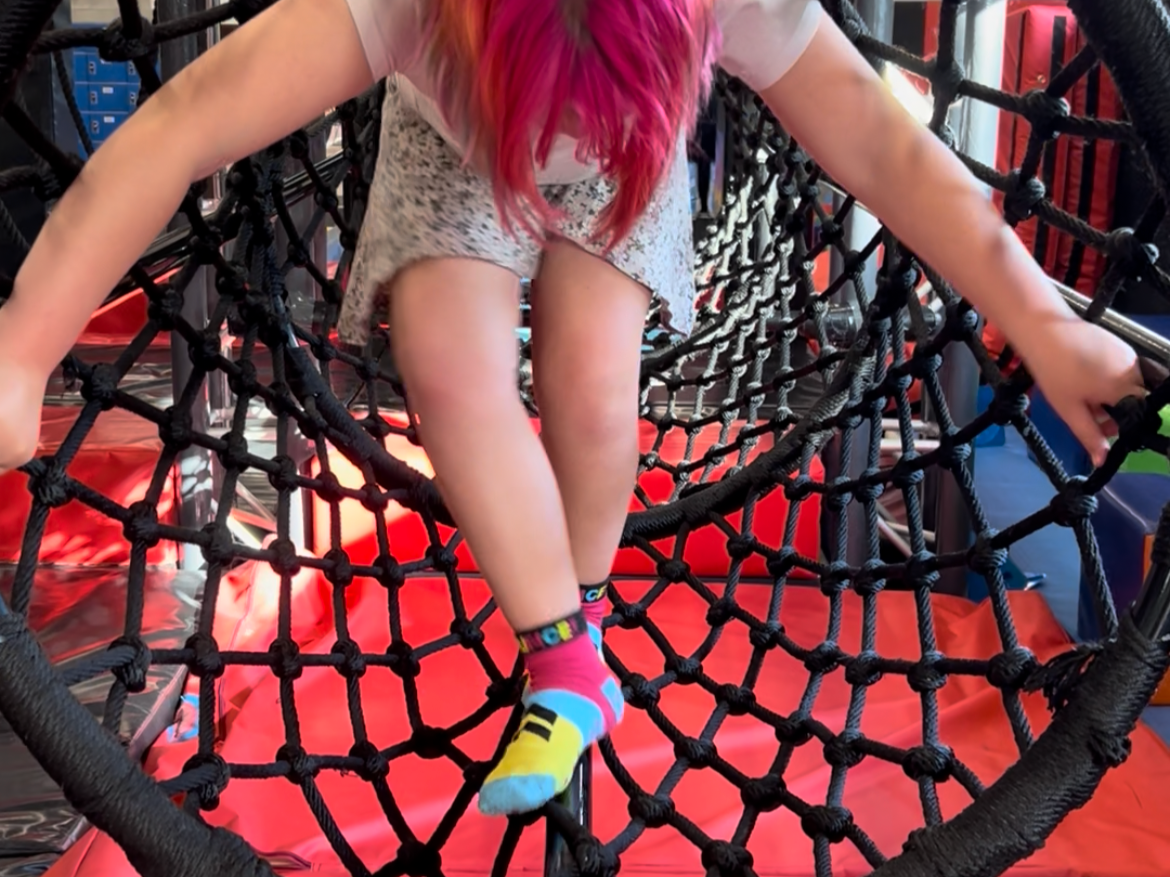




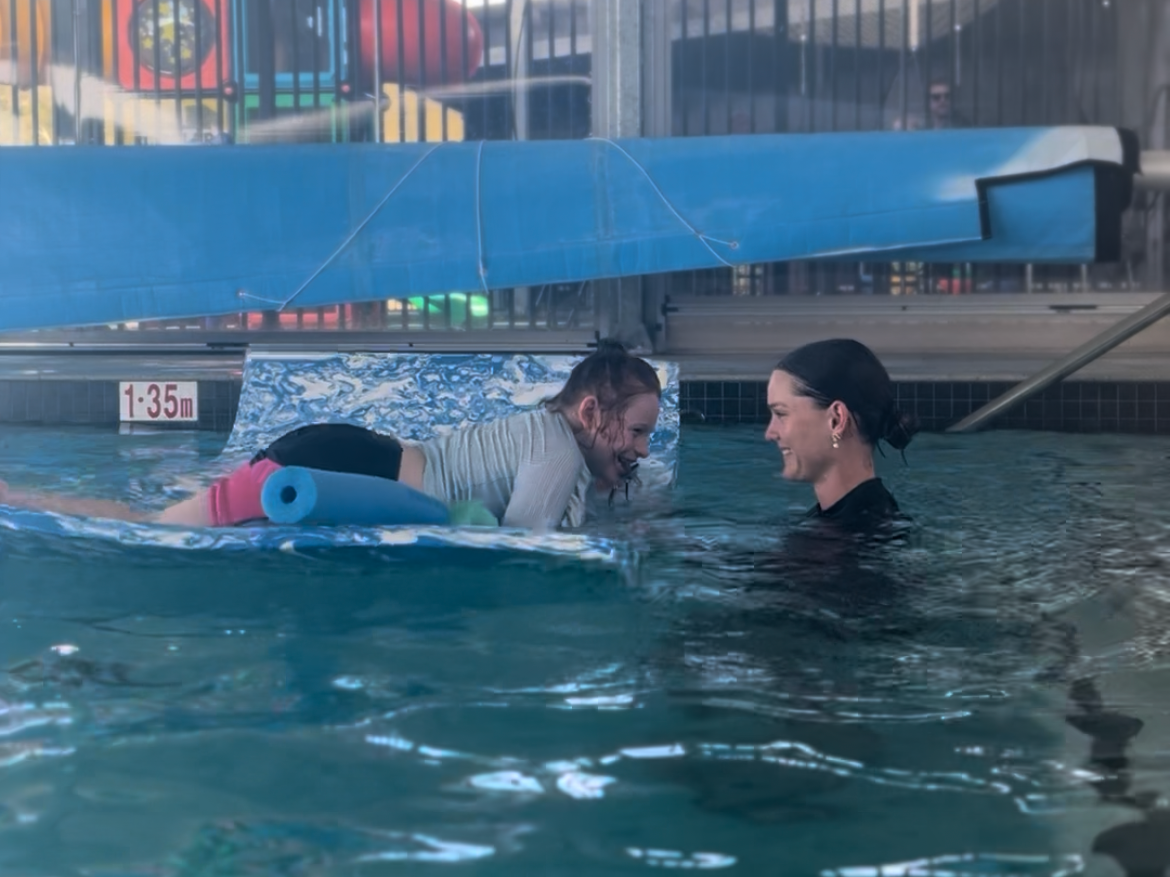
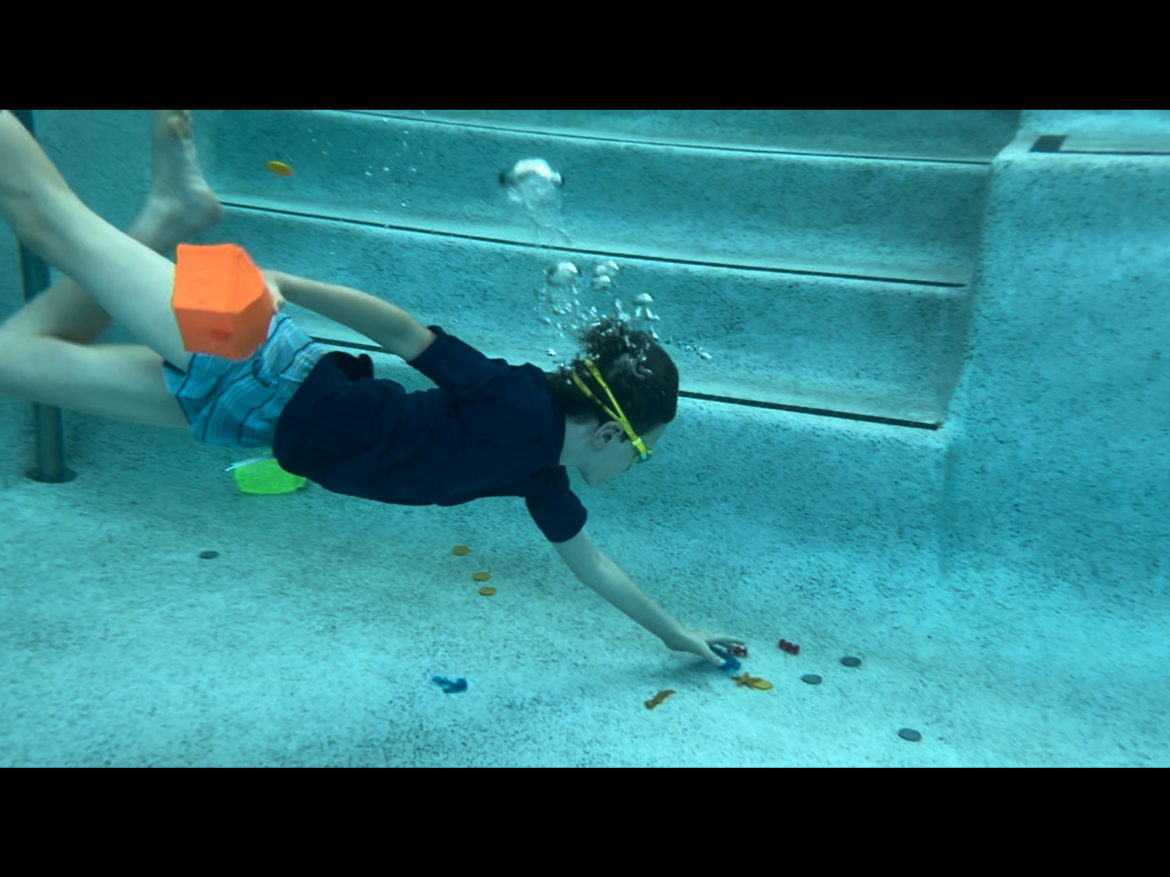
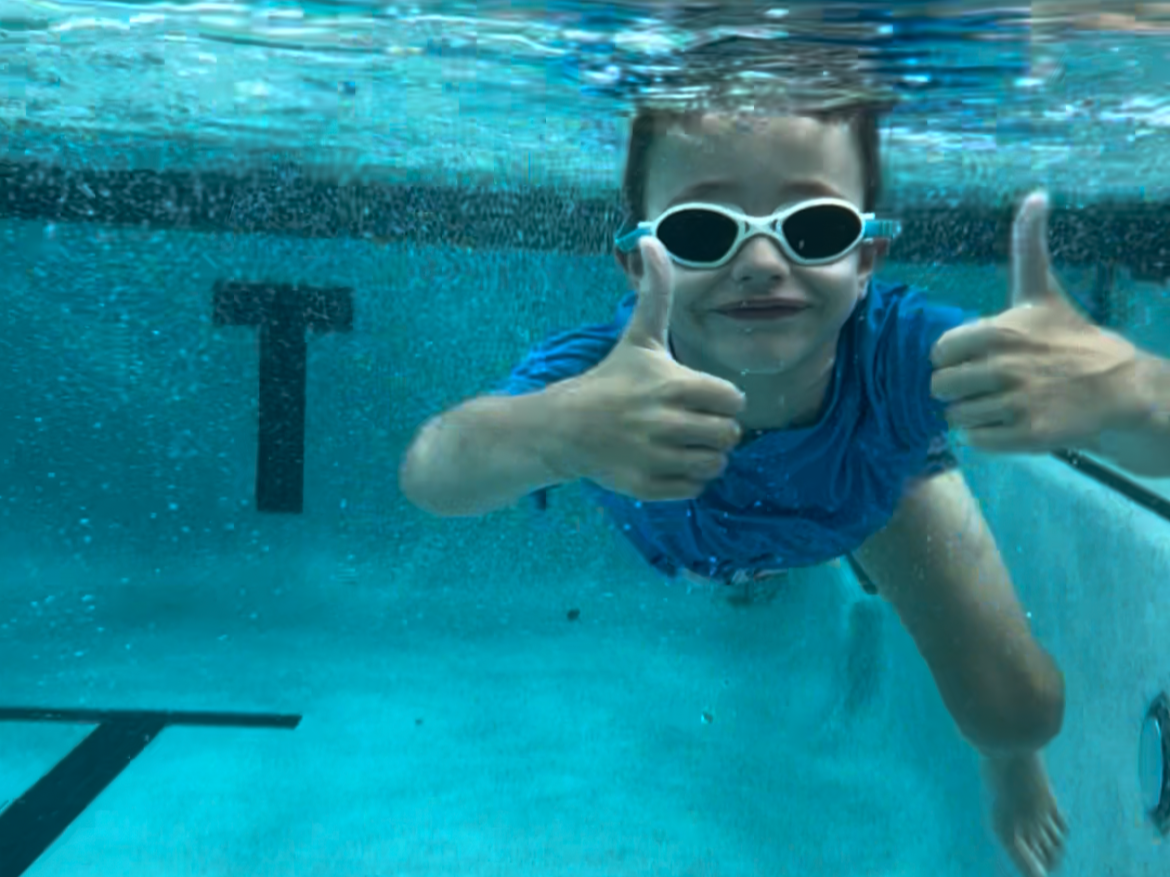




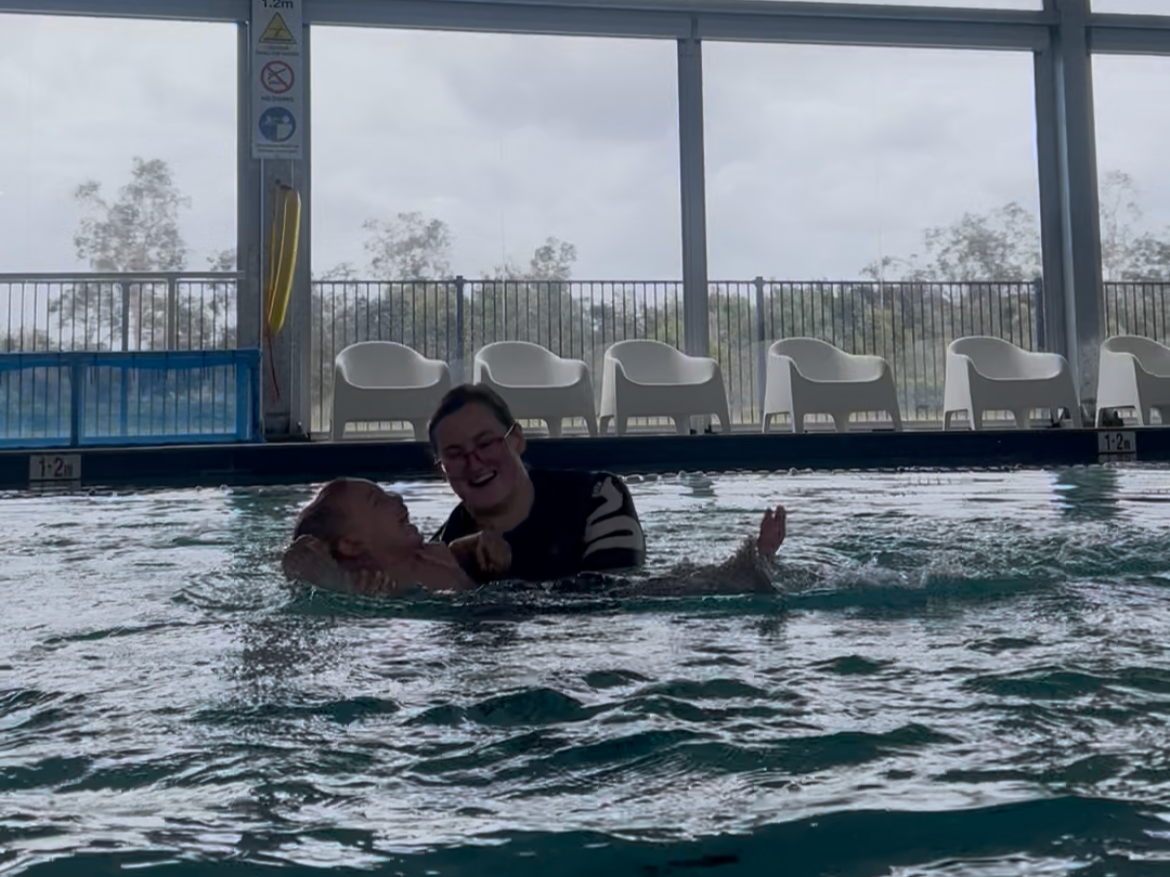

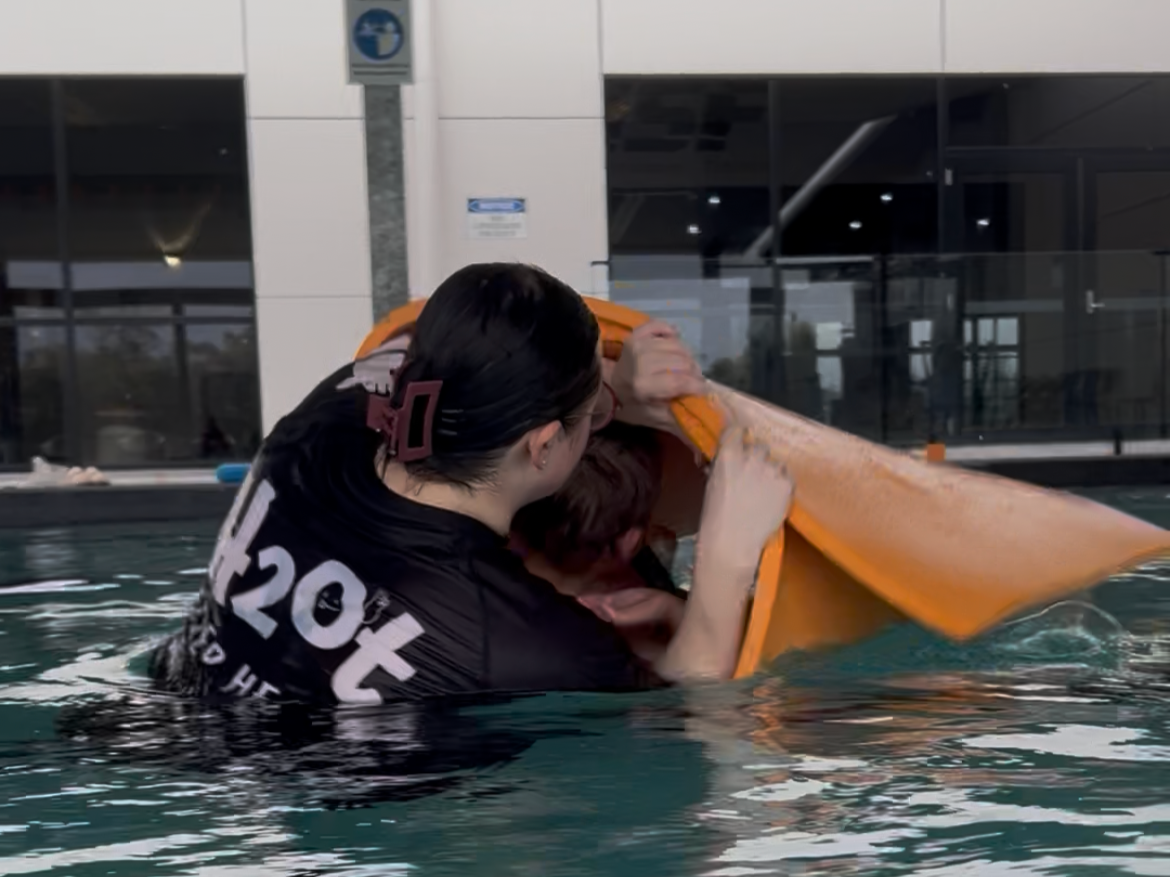

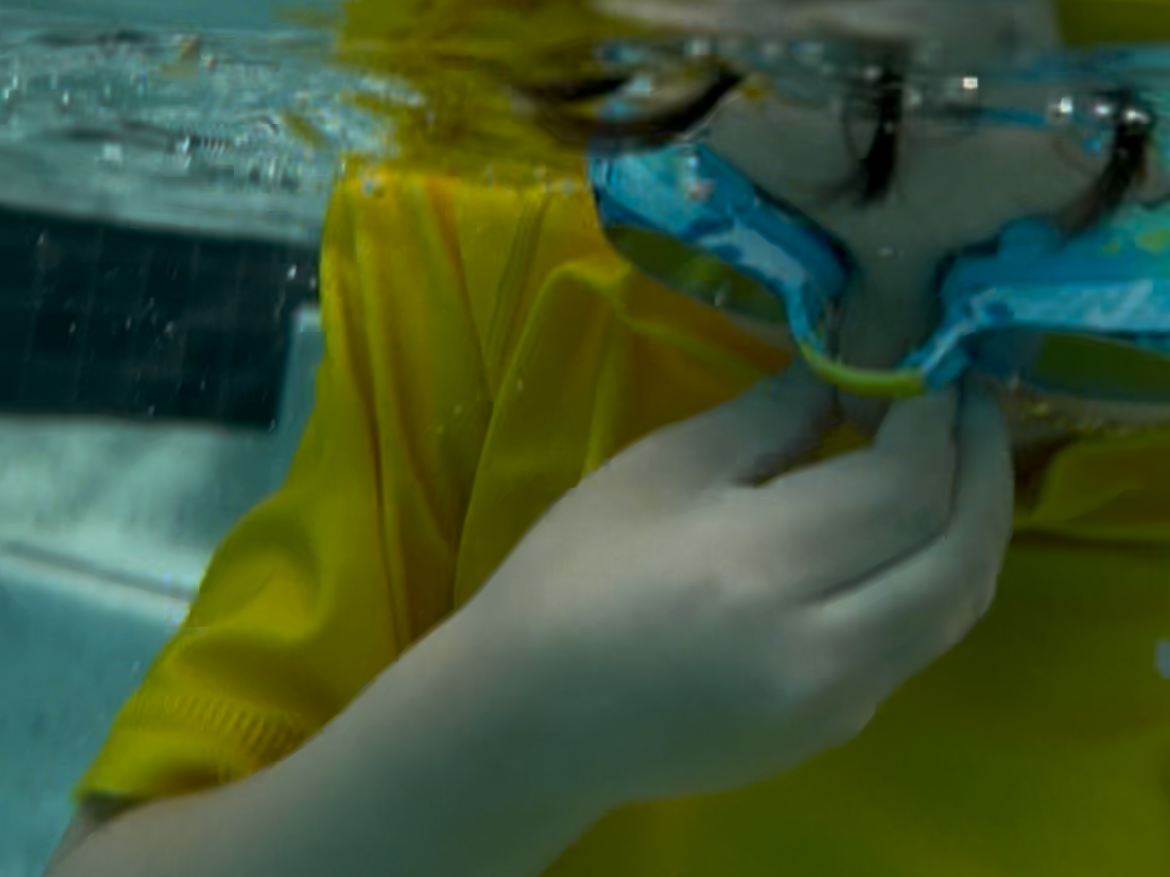











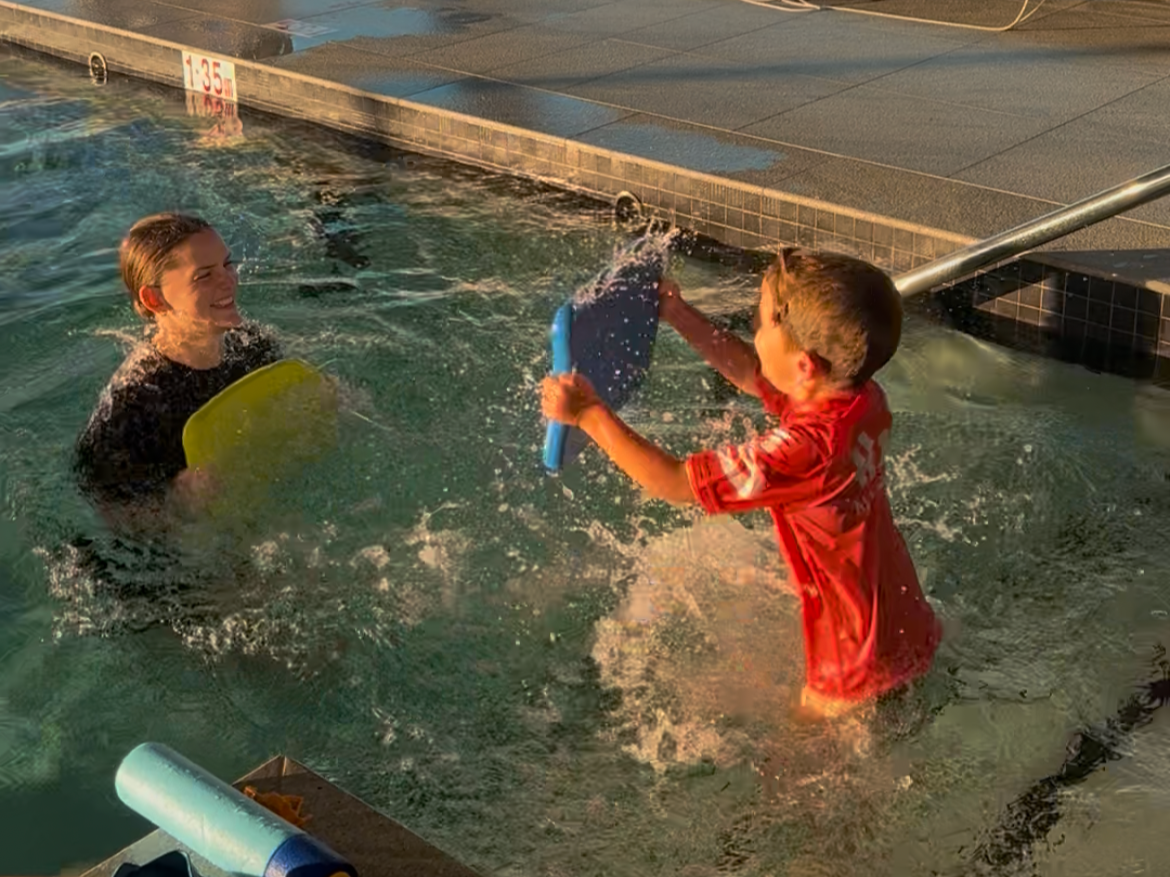



FAQ’s
-
That’s completely okay and not uncommon. At H2OT, we take a gentle, child-led approach that prioritises safety, trust, and positive experiences in and around water. We never force participation. Instead, we work gradually to build your child’s confidence, offering regulation support, sensory preparation, and consistent connection with your therapist. Our goal is to help children feel empowered in the aquatic environment, in their own time and on their own terms.
-
Swimming ability is not required for aquatic therapy. Our sessions focus on therapeutic goals, not swimming instruction. Your child will always be supported by a qualified occupational therapist, with constant 1:1 supervision. Safety is always our top priority.
-
Yes! We often work alongside other therapists and believe strongly in collaborative care. Aquatic therapy can complement land-based therapy by supporting regulation, sensory processing, motor planning, and engagement in a unique environment. With your consent, we’re happy to liaise with your existing team to ensure consistency and maximise outcomes.
-
Not unless you'd like to. For our younger clients, especially early in the therapeutic relationship, it can be helpful for a parent or caregiver to join in. We’ll work with you to decide what’s best for your child based on their needs, comfort, and goals.
-
Please bring:
Swimmers for your child (and you, if you are joining in)
A towel or two
Swim nappies or incontinence swimwear (if required)
Dry clothes to change into afterwards
Water bottle and snacks
Goggles if your child would like to wear them - we do have a wide array of goggles if you don’t have any or forget to bring them.
-
Our aquatic therapy sessions are held in local pool facilities across the Sunshine Coast. We select environments that are accessible, calm, and suitable for therapy-based work. You’ll receive all location details, including parking, meeting points, and what to expect, during the intake process.
-
We understand that some children have sensitivities or medical conditions that make pool environments more challenging. Please let us know if your child has a skin condition, eczema, or known reaction to chlorine, we can discuss alternative strategies, such as barrier creams, protective clothing, or scheduling sessions at pools with lower-chlorine or saltwater options. Your child’s comfort and wellbeing are our priority, and we’re happy to collaborate with your medical team if needed.
-
For health and safety reasons, children with open wounds or broken skin are unable to participate in aquatic therapy until the area has healed. This helps protect your child and others from the risk of infection. If therapy continuity is important during this time, we can explore land-based or community-based options until they are ready to return to the water.
-
Incontinence is not a barrier to participating in aquatic therapy. We work with many children who are not yet toilet trained or experience continence challenges. We simply ask that children who are incontinent wear appropriate continence wear (such as aqua nappies or reusable swim briefs) to ensure hygiene and comfort in the pool. If you’re unsure what to use, we’re happy to provide guidance or recommendations.




